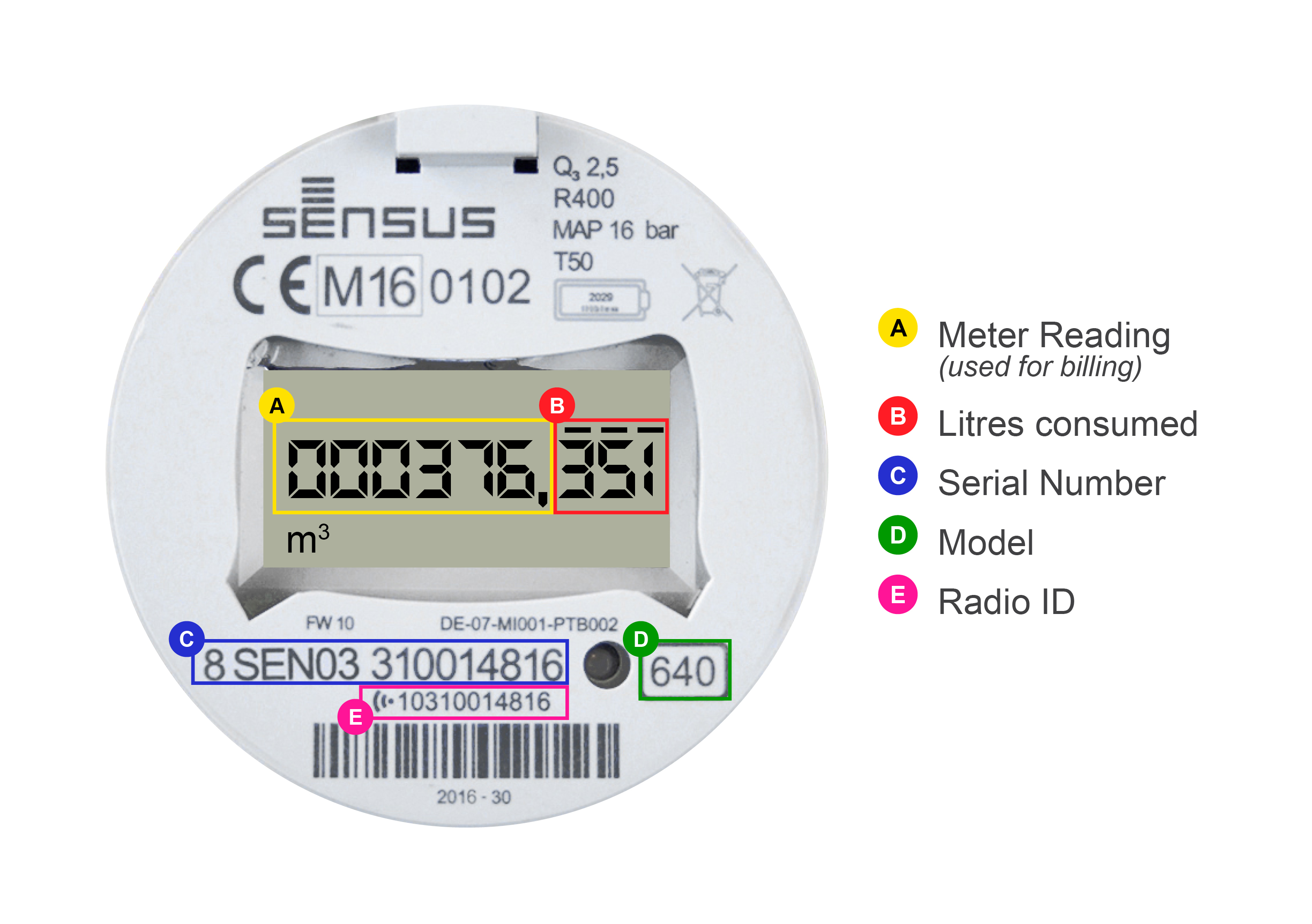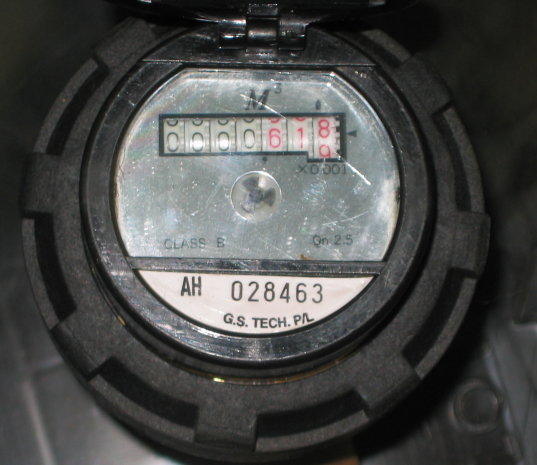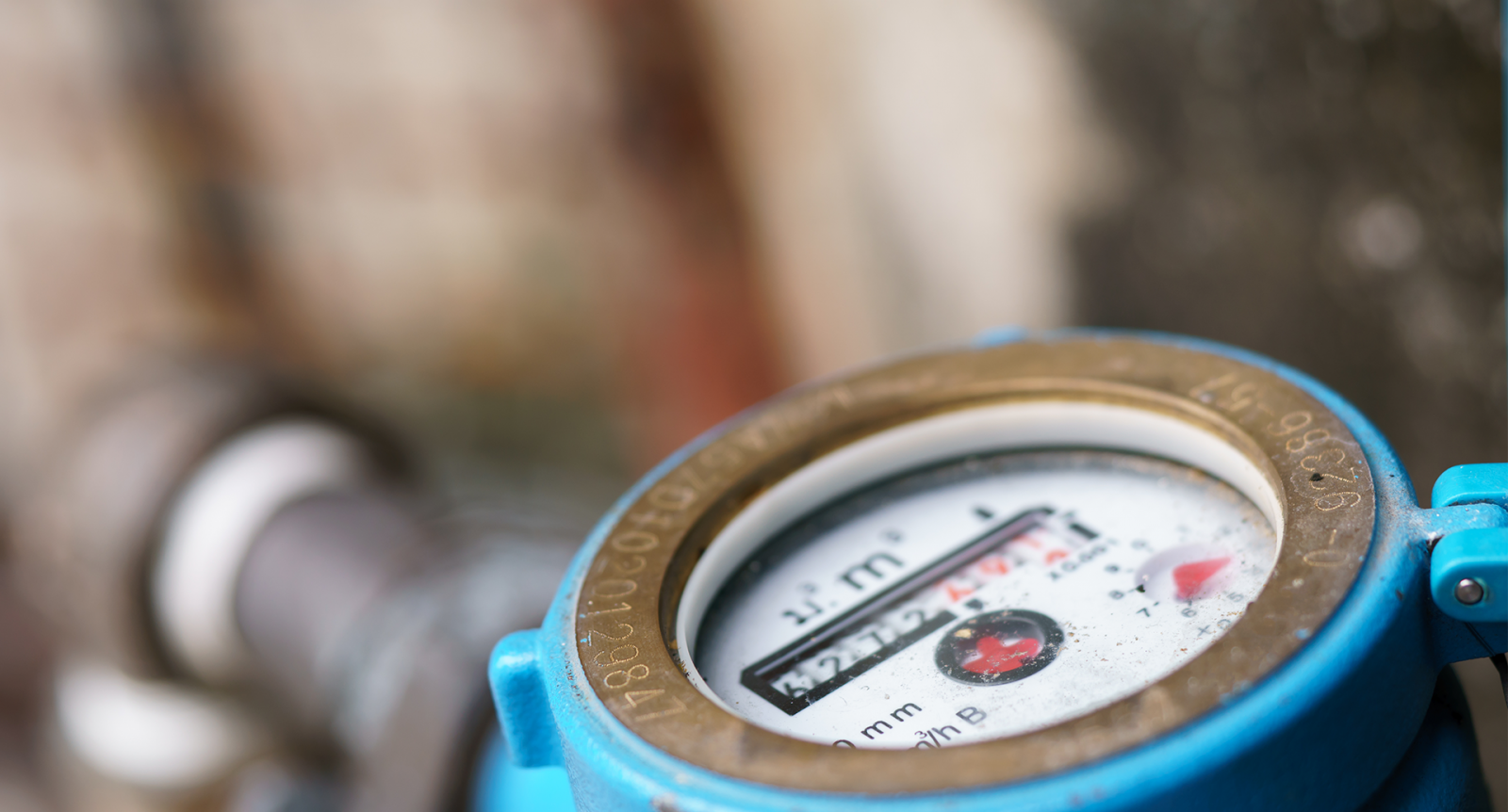Water metering
Is everyone metered?
Ashburton District Council installs water meters on industrial, commercial and other extra-ordinary properties that are connected to Council operated water supplies. An extra-ordinary connection is usually outside the water supply boundary.
Meters are installed to:
- Measure and charge for water
- Encourage water conservation
- Provide data for system design and analysis
How am I charged?
The water metering charge is set every year through Council's Annual Plan process, which includes consultation with the public.
Bills are sent out throughout the year.
Residential Extraordinary (Residential D and Rural A zoned connected properties)
- Every three months water meters are read
- An invoice is sent to customers once a year
- Each rating unit or property is given an allowance of 1,200 litres per day of water
- Water used over the allowance is charged for at the current rate per 1,000 litres
Other Extra-Ordinary and Non Residential Properties (excludes Residential Extraordinary properties)
- Every three months water meters are read and then invoices are sent to customers
- Each rating unit or property is given an allowance of 1,000 litres per day of water
- Water used over the allowance is charged for at the current rate per 1,000 litres
If you have a metered connection, we recommend that you also keep an eye on what the water meter is reading as this will hopefully reduce the likelihood that you are paying for leakage.
I think I have a leak – my bill is huge this time!
The biggest source of wasted water is leaks with thousands of litres being lost across the district each year. All water that passes through a meter is charged for, including all leaks and wasted water, so a leak can quickly cost you a lot of money.
There are a number of simple checks that you can make to find a leak:
- Check for damp patches in the garden or driveway during dry weather
- Look for patches of lawn that are green no matter how dry it has been
Learn how to check if you have a leak through your water meter
How do I read my meter?
There are two main types of water meter in the district, which look a bit different. New and renewed connections will have a smart (electronic) meter, while older connections will have a manual meter. In the future, all meters will be of the smart type.
On a smart meter, the numbers to the left of the comma (A) count in cubic metres. This is the reading that your water bill will be based on. The letters to the right of the comma with the lines over the top (B) count in litres. These can be useful for spotting a leak and for tracking daily use.
This particular meter reads 376 cubic metres and 351 litres.
On a non-smart meter, the black numbers are the number of cubic metres of water that have flowed through the water meter. The red numbers count in litres. There may also be a small dial that will spin whenever there is water flowing through the meter.
The meter below reads 0 cubic metres and 618 litres.
Most water meters record water flows in litres. These are often shown as the red numbers on your water meter dial. The black numbers are the number of cubic metres of water that have flown through the water meter. Note: there are 1,000 litres in a cubic metre.
This particular meter reads 618 litres.

Note: there are 1,000 litres in a cubic metre.
I've sold my property – what do I do now?
When a metered property is sold, a final reading of the water meter must be made. You can contact Council to arrange this on (03) 307 7700.
Note: Please allow 10 working days for this to be undertaken.
